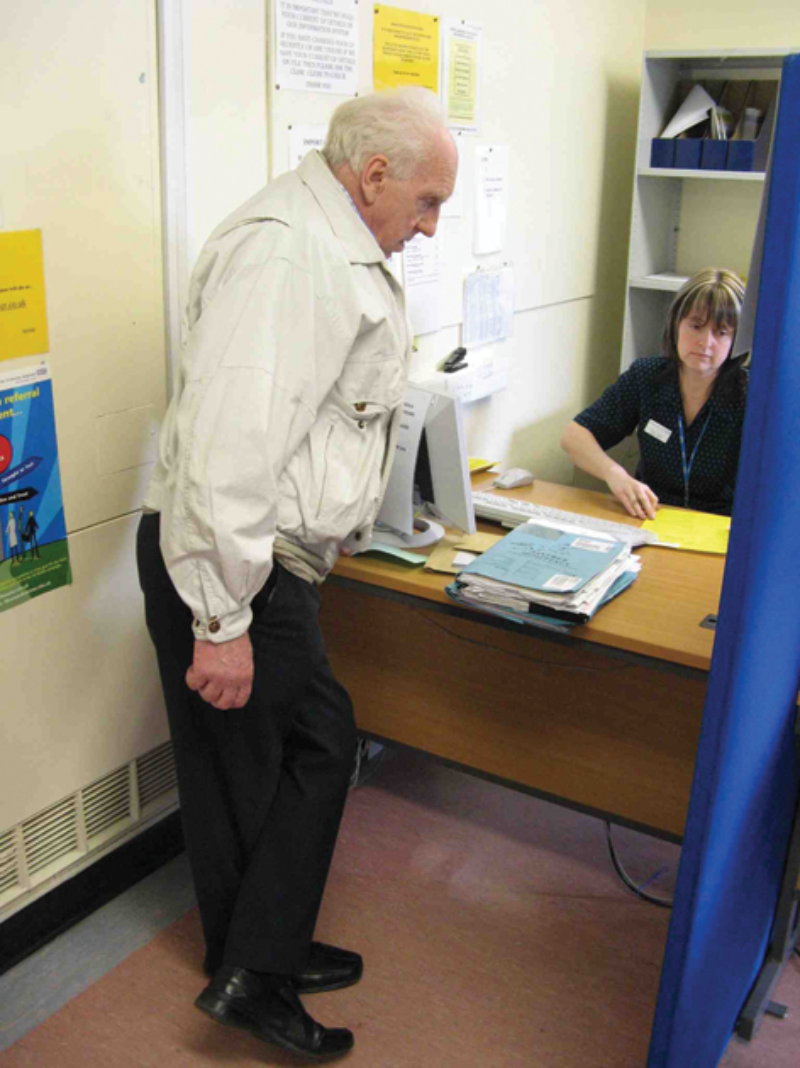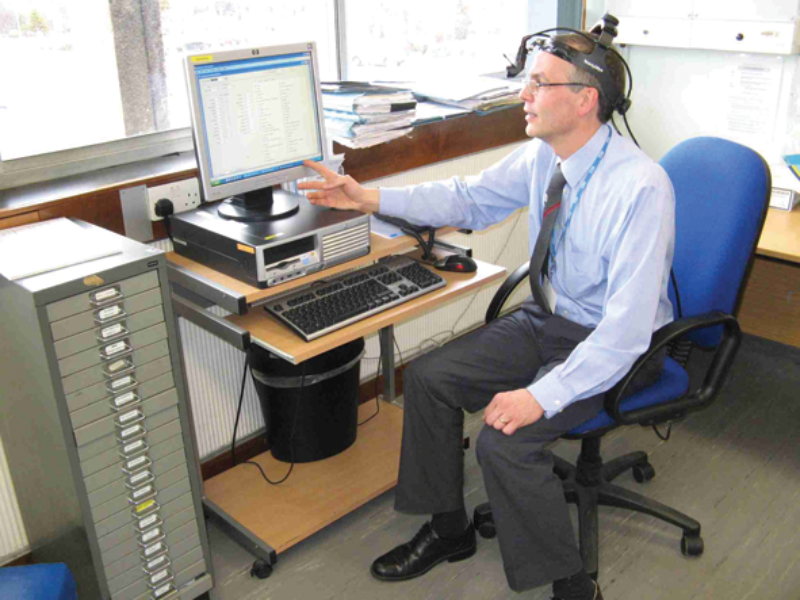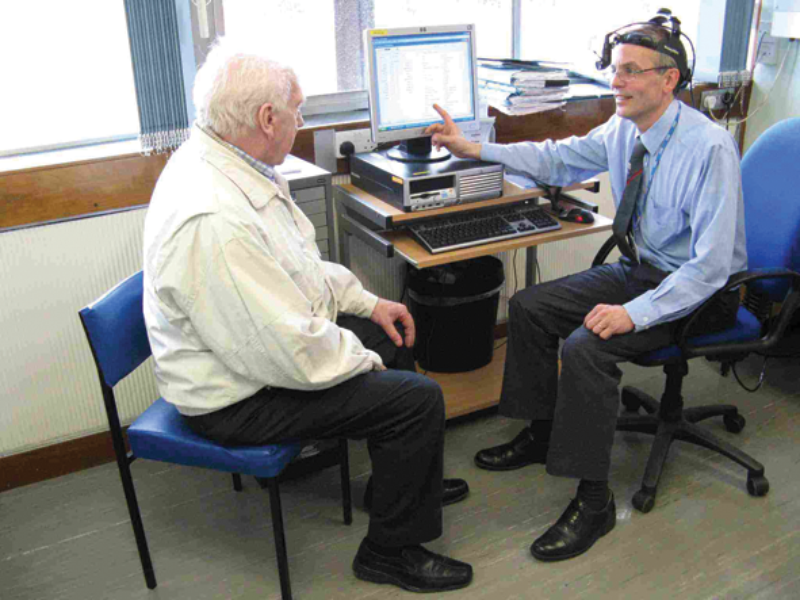The patient perspective, functional outcomes and morbidity are key factors that influence ‘quality of life’ [1,2]. There are many examples of how developments in oral and maxillofacial surgery have improved the outcome and ‘quality of life’ for patients with head, face and jaw pathologies. This article is in two parts. Firstly general comments about how changes in surgical interventions have had a positive impact on ‘quality of life’ outcomes, and the second part focuses on the patient’s perspective.
In many areas, the surgery we do today differs substantially from that which took place some 20 or 30 years ago. Also, even in my time as a consultant I have learnt new surgical approaches and philosophies that were not part of my registrar training; evolutions such as the anterolateral thigh flap for soft tissue microvascular reconstruction and open reduction and fixation of mandibular condylar fractures. Some condylar fractures can now be managed by endoscopic approaches thus minimising morbidity in terms of facial scarring when gaining direct access to the surgical site. Other common uses of endoscopes are for temporomandibular joint and aesthetic facial surgery. Such techniques have eluded me thus far in my speciality area of oral and oropharyngeal oncology and reconstructive surgery, however, these techniques have found a place in sino-nasal and skull base cancers, hence the need for subspecialty interests and multidisciplinary team working.
Operative microscopes are being used for procedures that in the past have been performed by the naked eye. For example, this additional attention to detail is enhancing outcomes in cleft lip and palate repair. Major surgical interventions for facial deformity (orthognathic and craniofacial surgery) can be minimised through the use of detraction osteogenesis techniques. The gradual movement of bone not only allows for the soft tissues to adapt, it also allows the patient and clinician to have a better understanding of how the changes are altering form and function so that outcomes can be predictably controlled in joint consultation. Also, advances in preoperative assessments with 3D imaging and computer modelling offer a way to plan the surgery better and give an indication of the likely facial profiles depending on various cranial, midface and mandibular movements.
We can all think of numerous situations where there have been changes in surgical philosophies over recent years based on morbidity, function and patient reported outcomes (PRO). Examples from oncology would include ‘organ preservation’ chemoradiation protocols for oropharyngeal cancers and transoral laser resections which reduce the need for access procedures and free flap reconstruction. Also there is de-escalation of surgery for early oral cancer treatment with less reliance on free flaps, neck dissections and adjuvant radiotherapy. There are examples where open surgery is now much less frequently performed. Temporomandibular joint replacement is less frequently carried out these days, and is only performed by a handful of designated specialist surgeons, and is subject to national audit of indication, technique, complications and PRO. Also some previously common surgical procedures are much less frequently undertaken, in part determined by the National Institute for Health and Care Excellence (NICE) guidelines. An obvious example is the removal of impacted third molars. This has made a big difference to the cost of healthcare without detriment to the majority of patients with impacted molars.
“Patients’ reported outcomes have made a huge difference as to how we interpret ‘success’ following surgery and they will continue to shape and refine our interventions in the years to come.”
As surgical morbidity has been reduced with associated improvement in function and ‘quality of life’, there has been an additional benefit to another important driver in the National Health Service, that of reduced hospital length of stay. There is also evidence that with more rapid recovery patients can return to work sooner and thus reduce the economic burden of disease.
Long-term rehabilitation has also been included in the surgical mantra. The basis of optimal rehabilitation commences prior to initial surgical intervention and is built in to the patient journey. This process of care is integrated into oncology with patients’ suitability and desire for oral rehabilitation with osseointegrated implants being factored in before primary resection. This allows the team to plan for primary implants where indicated. This minimises further surgery and associated morbidity and reduces the length of time to completion of rehabilitation.
Moving the discussion away from examples related to surgical procedures and reduced treatment burden / morbidity, the second section addresses the patient perspective. The patient perspective is a key component to ‘quality of life’ outcomes because it allows better case selection, enhanced doctor-patient communication, and a means to identify which patients are doing badly thus allowing an opportunity for targeted intervention.
Patient reports to the outpatient clinic reception.

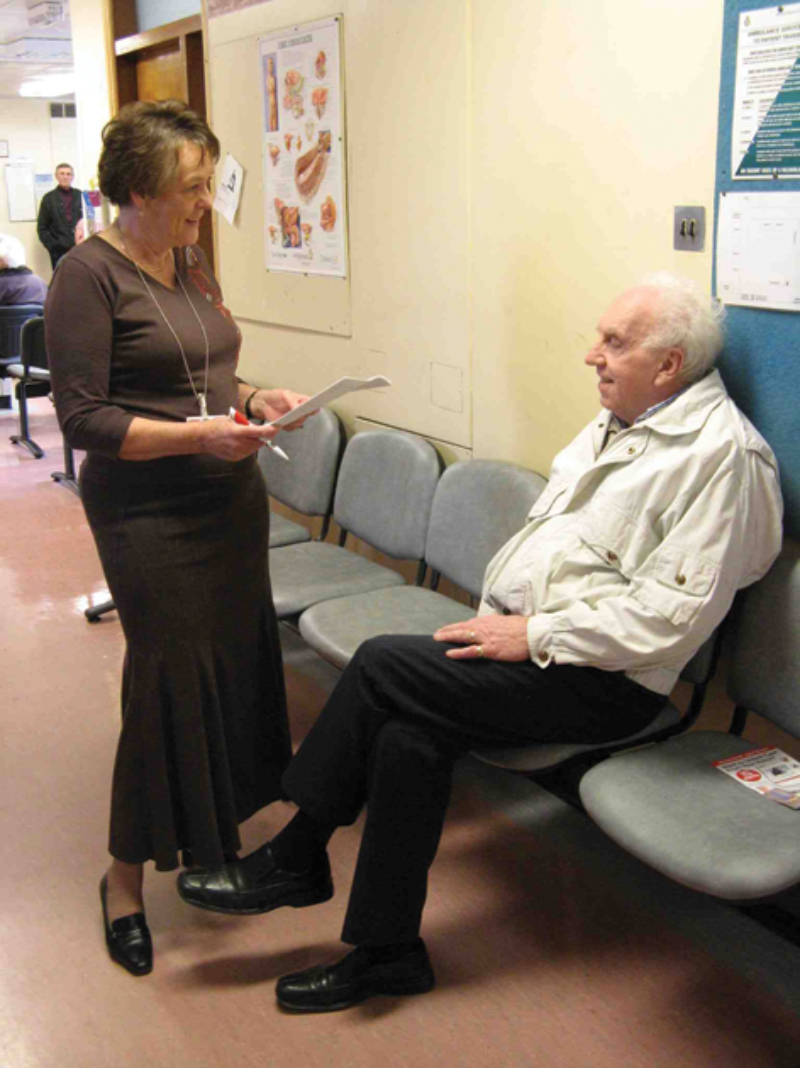
If using touch screen technology a hospital volunteer approaches the patient in the waiting area, invites the patient to complete the Patient Derived Outcomes assessment tool. If paper version, this can be given out by the clinic nurse.

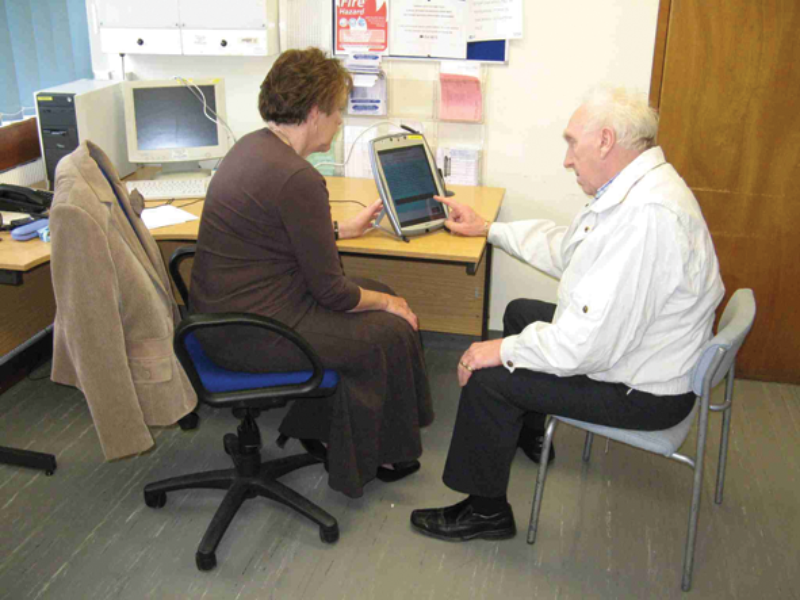
In a private room, the patient completes assessment
using computer touch screen technology.
If networked the TST output is immediately collated and
summarised for the clinician in the consultation room.
The patient’s assessment is used to augment the consultation.
Better case selection
To understand the patient’s perspective is crucial given that one model of ‘quality of life’ emphasises that it is ‘the difference between what the patient expects and the reality of what they have’ which is fundamental. Thankfully now there are many validated questionnaires, Patient Reported Outcomes Measures (PROM) that help inform the clinical team about the patient’s perception. In a review of the literature from1981 to March 2009 based on PROMS reported in outcome studies in oral and maxillofacial surgery [3], there were 12 general questionnaires, for example, the Oral Health Impact Profile (OHIP) and EQ-5D (or EuroQoL). There were a number of sub site specific PROMS; cleft lip and palate (1), craniofacial surgery (2), dentoalveolar surgery (6), distraction osteogenesis (1), facial aesthetic surgery (4), facial pain (1), head and neck cancer (14), maxillofacial injury (3), oral medicine and oral mucosal disorders (2), orthognathic surgery (1), pre-prosthetic surgery and dental implants (15), skull base surgery (7), temporomandibular joint (2). To date the use of PROMs is more common in oncology [4-6], though I can see this changing during the next decade as PROMs become better integrated into other speciality areas. Outwith these specific PROMs there is a whole raft of other validated questions including pain, global quality of life, personality, anxiety and depression, self esteem, coping, body image. These are not routinely used and are appropriate depending upon the specific outcome of interest.
Enhanced doctor-patient communication and targeted intervention
Data gleaned from PROMs allow clinicians to discuss outcomes based on the experiences of previous patients. ‘What will I be like after the operation?’ is a common concern and other patients’ previous experience can inform this [7]. Information technology (IT) has made the acquisition of PRO data something that is practical in a routine clinical setting [8]. Further advances in IT in terms of mobile phone apps and the internet will make this even easier to use but perhaps the biggest challenge to address in the future will be issues around patient information confidentiality. By using ‘quality of life’ questionnaires it is possible to identify which patients are doing badly and assess them for intervention [9]. However, such questionnaires are limited by their number of items, the terms used and their tendency to focus on dysfunction. Potentially a better way to improve patient outcome is to recognise the patient’s concerns and act on these using a tool such as the Patient Concerns Inventory (PCI) [10]. The PCI supports (Figure1) the traditional outpatient consultation. It has been shown to help focus quickly on issues that matter to a patient so although a wider range of issues might be discussed, it does not lengthen the consultation time. It seems from early evaluation of the PCI that patients’ issues are more adequately dealt with during the clinic visit, there are few unexpected new referrals to other allied support services and there is a high level of patient satisfaction.
Conclusion
Improved quality of life for patients has been achieved through advances in maxillofacial surgery that have taken into account the patient’s perspective. The PROM themselves and advances in technology make the routine integration of the patient’s perspective into clinical practice a realistic possibility. To include the patient’s view of ‘success’ has never been more essential as we are asked to justify the financial cost of our surgical interventions.
Further information
http://www.patient-concerns-inventory.co.uk
Recommended website
Merseyside Regional Head and Neck Cancer Centre [www.headandneckcancer.co.uk] is a useful website for quality of life outcome, PROM, ‘what will I be like’, the Patient Concerns Inventory (PCI).
References
1. Rogers SN. Quality of life of head and neck cancer patients. Has treatment planning altered? Oral Oncol 2009;45(4-5):435-9.
2. Rogers SN. Quality of life perspectives in patients with oral cancer. Oral Oncol 2010;46(6):445-7.
3. Kanatas AN, Rogers SN. A systematic review of patient self-completed questionnaires suitable for oral and maxillofacial surgery. Br J Oral Maxillofac Surg 2010;48(8):579-90.
4. Kanatas and Rogers SN. A guide to the questionnaires used in the measurement of health-related quality of life in head and neck oncology. Tumori 2008;94(5):724-31.
5. Rogers SN, Ahad SA, Murphy AP. A structured review and theme analysis of papers published on ‘quality of life’ in head and neck cancer: 2000-2005. Oral Oncol 2007;43(9):843-68.
6. Rogers SN, Forgie S, Lowe D, et al. Development of the International Classification of Functioning, Disability and Health as a brief head and neck cancer patient questionnaire. Int J Oral Maxillofac Surg 2010;39(10):975-82.
7. Rogers SN, Scott J, Chakrabati A, Lowe D. The patients’ account of outcome following primary surgery for oral and oropharyngeal cancer using a ‘quality of life’ questionnaire. Eur J Cancer Care (Engl) 2008;17(2):182-8.
8. Millsopp L, Frackleton S, Lowe D, Rogers SN. A feasibility study of computer-assisted health-related quality of life data collection in patients with oral and oropharyngeal cancer. Int J Oral Maxillofac Surg 2006;35(8):761-4.
9. Rogers SN, Lowe D. Screening for dysfunction to promote MDT intervention using the University of Washington Quality of Life questionnaire. Arch Otolaryngol Head Neck Surg 2009;135(4):369-75.
10. Rogers SN, El-Sheikha J, Lowe D. The development of a Patients Concerns Inventory (PCI) to help reveal patients concerns in the head and neck clinic. Oral Oncol 2009;45(7):555-61.
Declaration of competing interests: None declared.
COMMENTS ARE WELCOME

